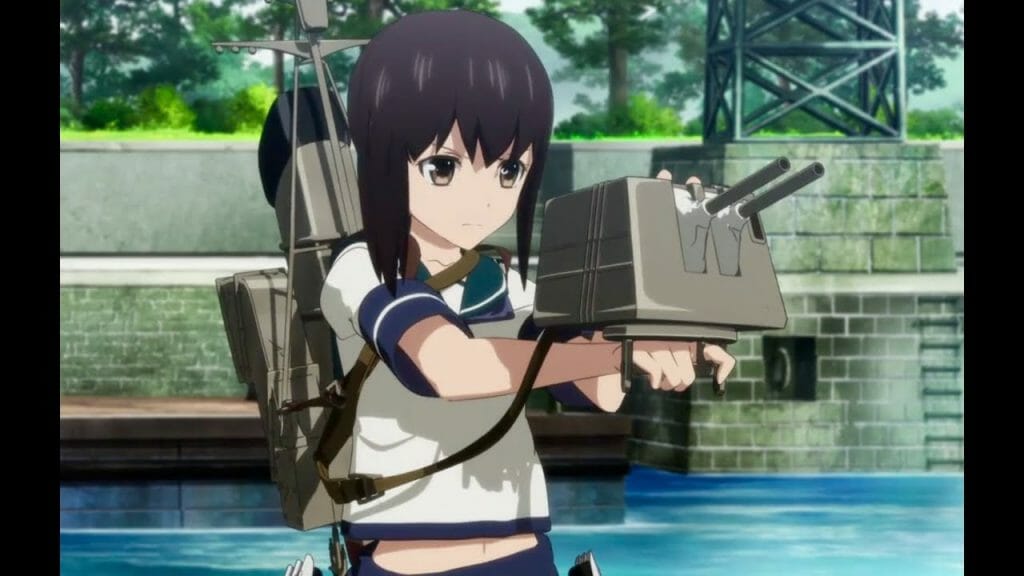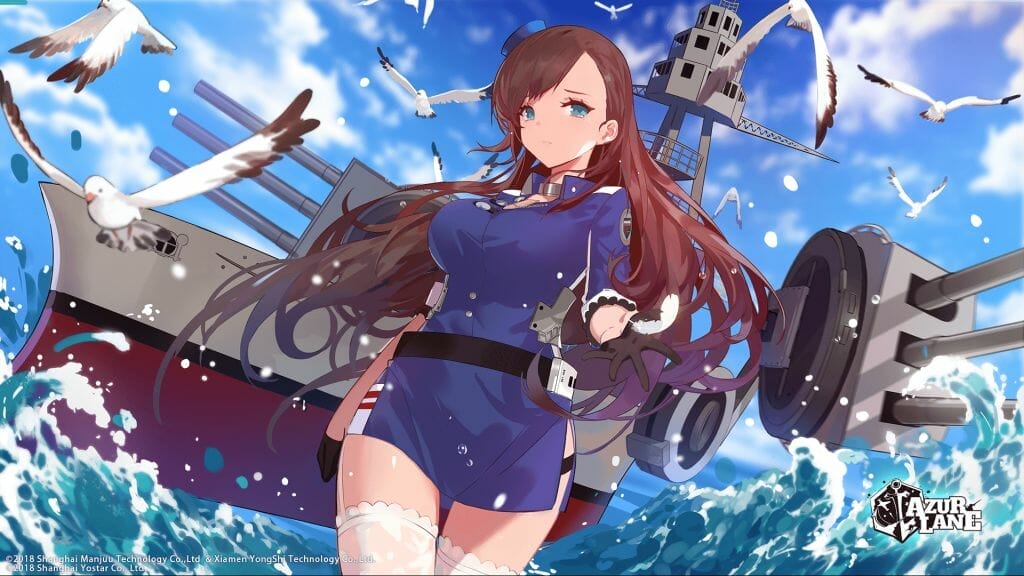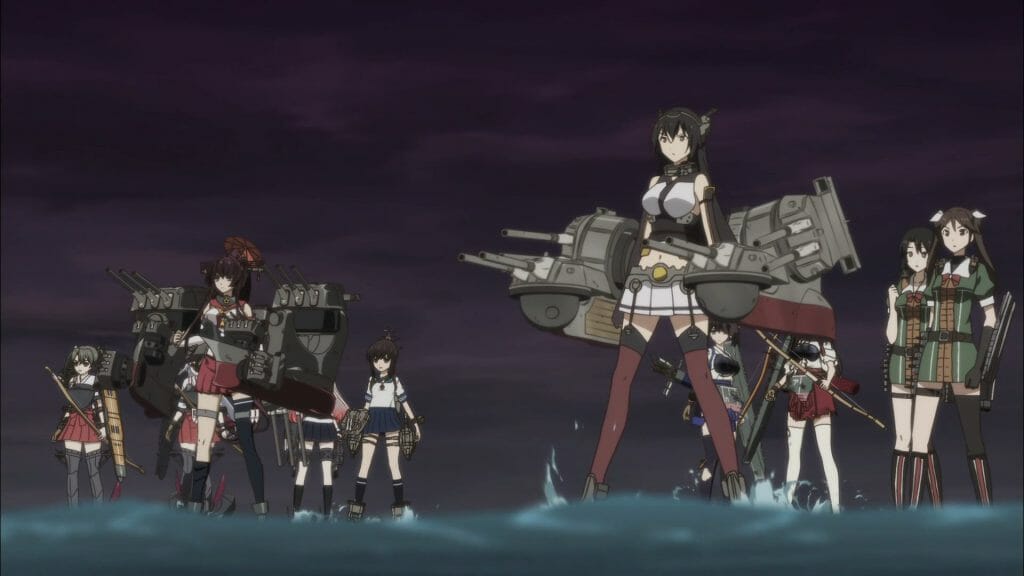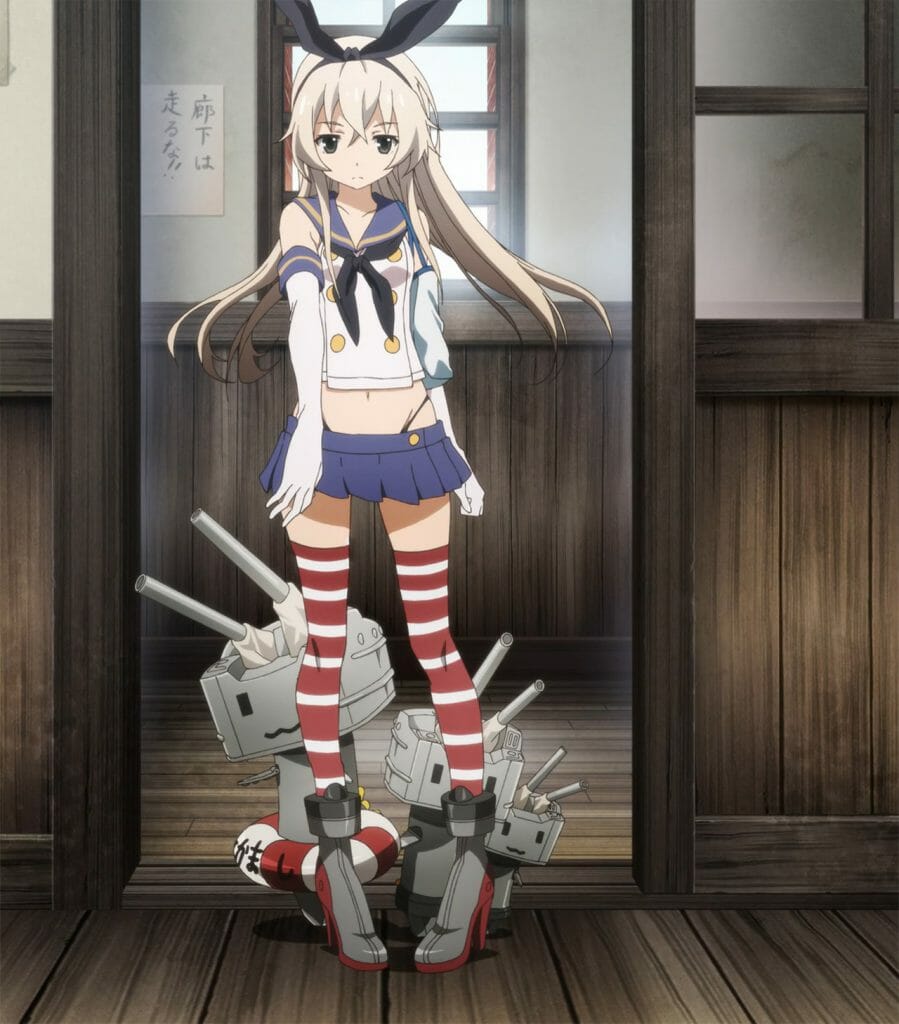Edited by: Lydia Rivers
Pop culture is often cruel to the women who occupy it, painting them with the broad brushes of blatant sexualization and overtly lewd depictions. This objectification runs especially rampant within the anime and manga spheres, where fanservice has become a genre in and of itself. Enter moe anthropomorphism, in which objects are personified—and then all too often, the other way around.

Moe anthropomorphism happens when “moe qualities are given to non-human beings (such as animals, plants, supernatural entities and fantastical creatures), objects, concepts, or phenomena.” (src) Mecha musume, which imparts a human persona to vehicles and machinery of war, is a well-known example of moe anthropomorphism and a subgenre that perfectly displays the potential, and pitfalls, of reverse-objectification.
It’s natural for people to give human characteristics to nonhuman things—after all, we do it every time we yell at the television, ask our cars to start, or back-talk an assistant bot. But, in media especially, there’s always the question of whether or not the practice goes too far, and when.
In this light, the core concept of mecha musume is one that can work on a base level, so long as it doesn’t leap into the pitfalls of objectification—which includes the overt sexualization of under-aged characters, but that topic deserves its own piece.
In many of the more popular properties, like Azur Lane, characters are presented as having human features with mechanical enhancements. The characters tend to adhere to moe-typical standards of beauty, clad in hyper-feminine attire that’s embellished with mechanical accents: bikinis, jumpers, and skirts intertwined with guns or missile launchers.

When done with self-awareness, this can be an expression of strength. The interplay between traditionally femme elements and stereotypically masculine weaponry can truly pack a punch—but not when the frame lingers in places for uncomfortable amounts of time, forcing the viewer into the lens of a salacious male gaze.
This is especially apparent within the Kantai Collection (KanColle) franchise, which remains one of the most popular examples of mecha-musume. The title, which originated in a 2013 browser game, revolves around fleets of historical battleships.

In KanColle, the spirits of famous and/or historical Japanese ships are reborn in the forms of girls and young women, each having abilities from their corresponding nautical class. As in most modern navies, there are aircraft carriers, battleships, and even destroyers. Much like their hulking nautical counterparts, each character has a different job to perform on the seas of battle. Characters’ personalities are varied, ranging from shy to boastful, while their physical appearances make stylized attempts to recall their real-world counterparts.
Ideally, these differences between characters would amount to more than a superficial collection of elements, though this ultimately boils down to a matter of framing and intent. In the KanColle anime, for example, issues in characterization arise shortly after the first few episodes. Rather than flesh out the cast and develop interesting individuals, the series instead falls on fanservice to gloss over its lack of heavy lifting. Like so many other moe anthropomorphized creations, the KanColle characters frequently fail to rise beyond their stereotypes, making them little more than vehicles in both a literal and figurative sense.
These ladies deserve better.

Shimakaze, whose namesake was a Japanese destroyer hailed as one of the fastest in its day, is a blast to watch. Her larger-than-life personality and flashy maneuvers in battle are frantic, kinetic, and fun! Unfortunately, the character never really grows beyond this initial impression. Instead, the object-turned-person is re-objectified each time she serves as a vehicle for empty, gratuitous fanservice—which is uncomfortably often. That tendency repeats throughout the cast, so attempts to actually develop the series lead, Fubuki, each fall flat, too—sabotaged by the ubiquitous upskirt treatment of her comrades.
The idea of anthropomorphism of nonhuman objects in pop culture isn’t inherently positive or negative. Nor is the idea of fanservice. Rather, it boils entirely down to execution. Clumsy handling of characters like KanColle’s Shimakaze overshadows the character’s individual accomplishments, power, and ultimately, their agency. It’s raw objectification, and raw objectification happens whenever superficial elements become a character’s most defining features, reducing them to mere cogs in the great merchandising machine.











